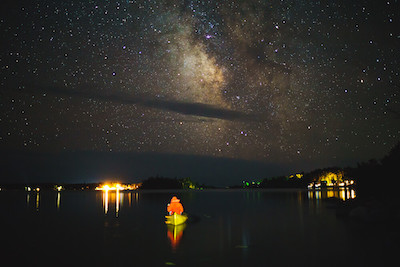
Manwei Chan
Welcome to my universe.
Adventuring through land, air, sea, and space.
I'm currently the BICEP telescope winter-over at Amundsen-Scott South Pole station. The BICEP telescope is probing the cosmic microwave background (the first light of our universe) for evidence of inflation, a key epoch theorized by cosmologists. As the winter-over, I ensure that the telescope is happily running through the winter season where we won't see the sun for 6 months and temperatures drop below -100 F.
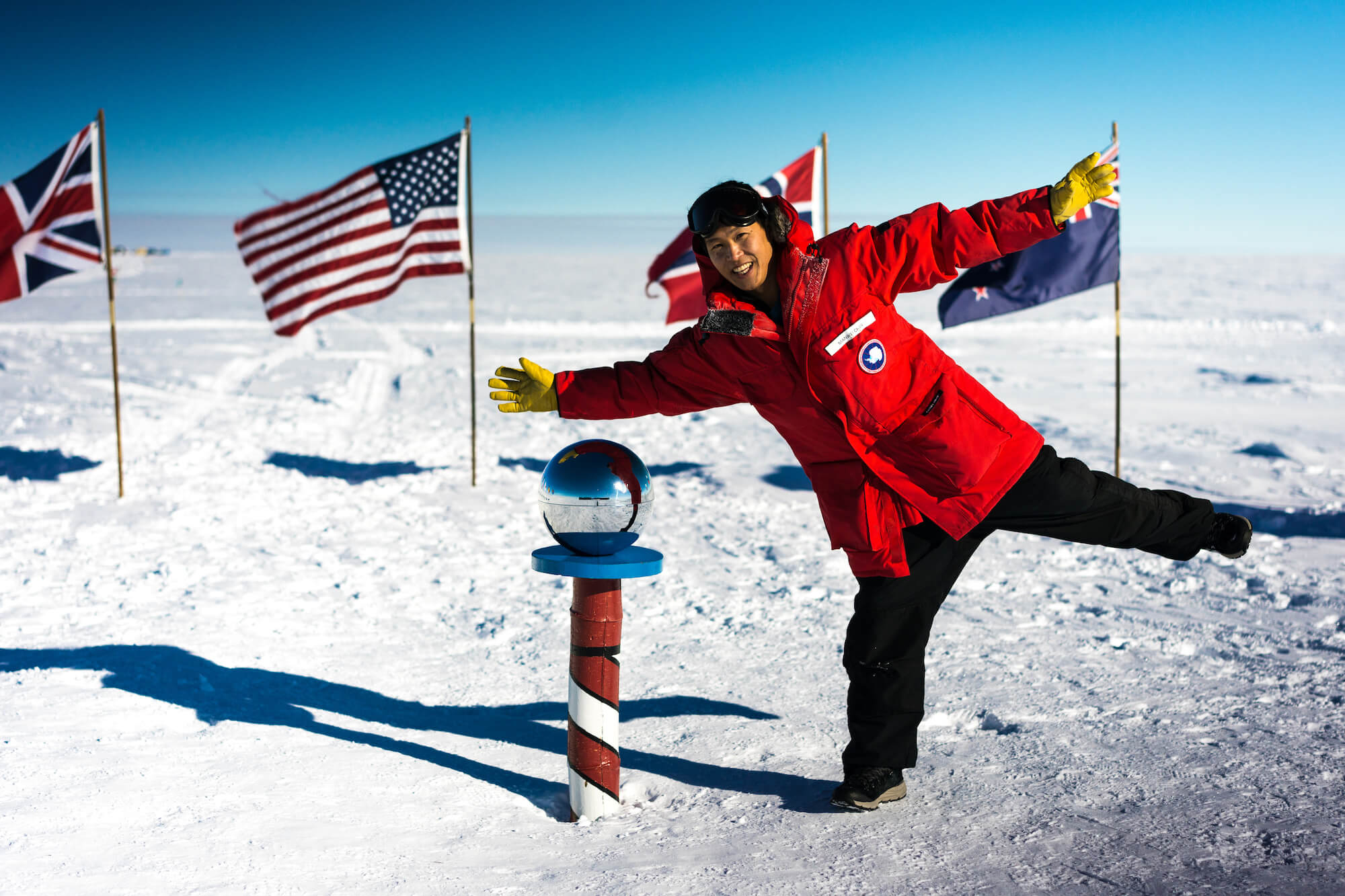
I received my PhD in Aerospace Engineering from MIT in 2023. As an NSF Fellow, I studied the reduction of data latency in remote sensing satellite constellations. In 2019, I earned my Master's degree at MIT, developing a guidance algorithm allowing satellites to rendezvous and dock with an uncontrolled tumbling object. Looking forward, I hope my research informs the aerospace industry of constellation architectures that will provide first responders with the situational awareness needed to tackle unforeseen disasters.

I aim to break down the cost barriers around space travel and exploration. I believe the experiences and benefits of space should be accessible for all, not only governments and the ultra-wealthy. I've worked with various Aerospace companies in pursuit of our goal to develop the commercial space industry. With NanoRacks, I wrote proposals to both utilize the International Space Station and to build a private space station. With Orbit Fab, I analyzed an array of sensors and low-power communication methods for rendezvous and docking. Most recently, I built and wrote space hardware and software with a stealth mode start-up, constructing a telecommunications satellite constellation to connect the traditionally unconnected. (PC:Steve Boxall/ZERO-G)
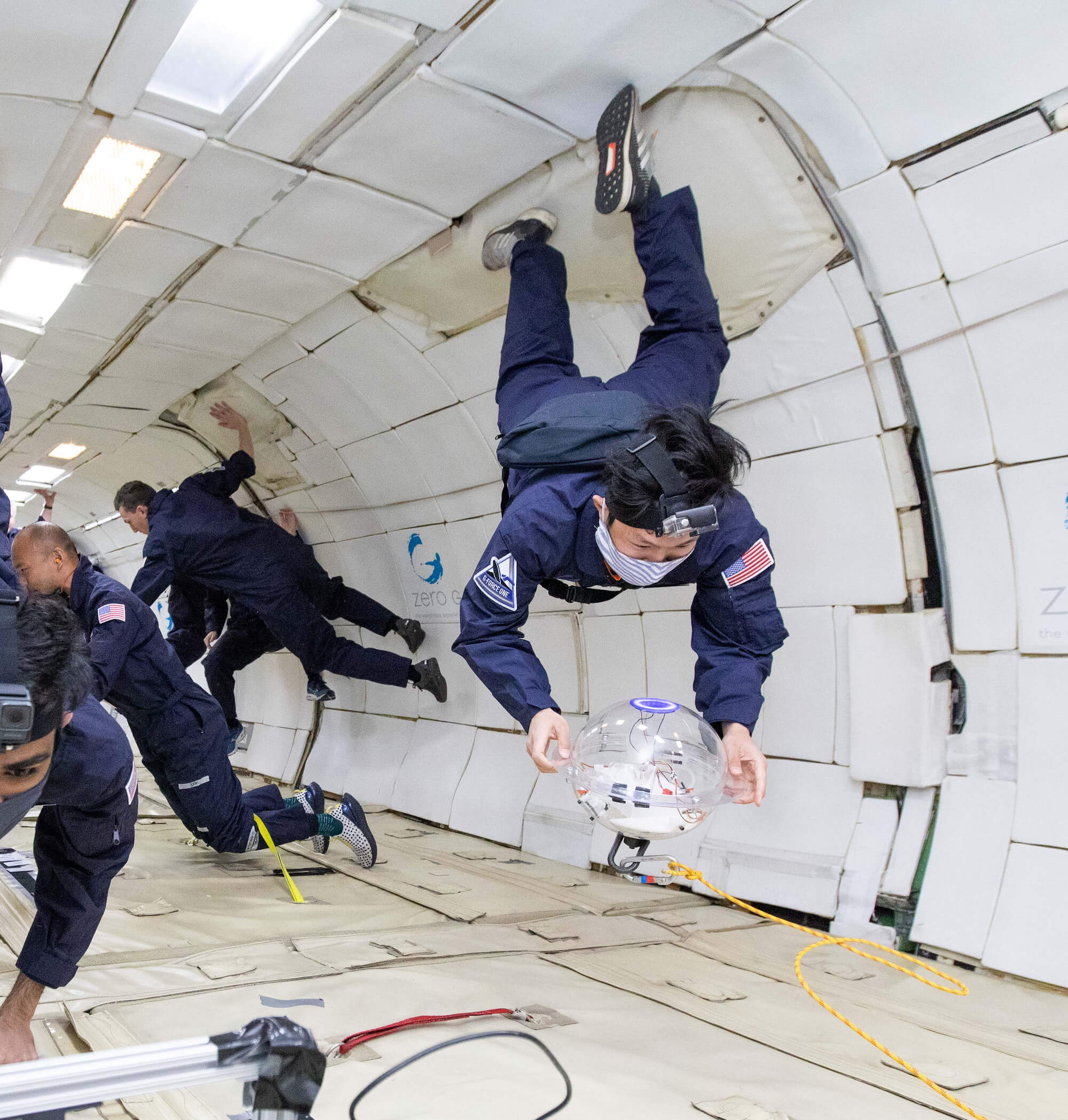
In 2018, I founded the MIT Space Seminar, a speaker series that brings experts to the MIT community, including c-suite executives such as Natalya Bailey and Andrew Rush; former astronauts such as Tony Antonelli; and industry veterans such as Pete Worden. During my tenure as the co-president of the Students for the Exploration and Development of Space (SEDS) at MIT, I organized outreach initiatives with the MIT Society of Women Engineers to build dry ice rockets for middle school girls and hosted MIT visits for the Eagle X Robotics Team from the Monterrey Institute of Technology in Mexico. I've also been a member of the Space Generation Fusion Forum Organizing Team in 2020, 2021, and 2022, establishing high-profile conferences for an international audience.
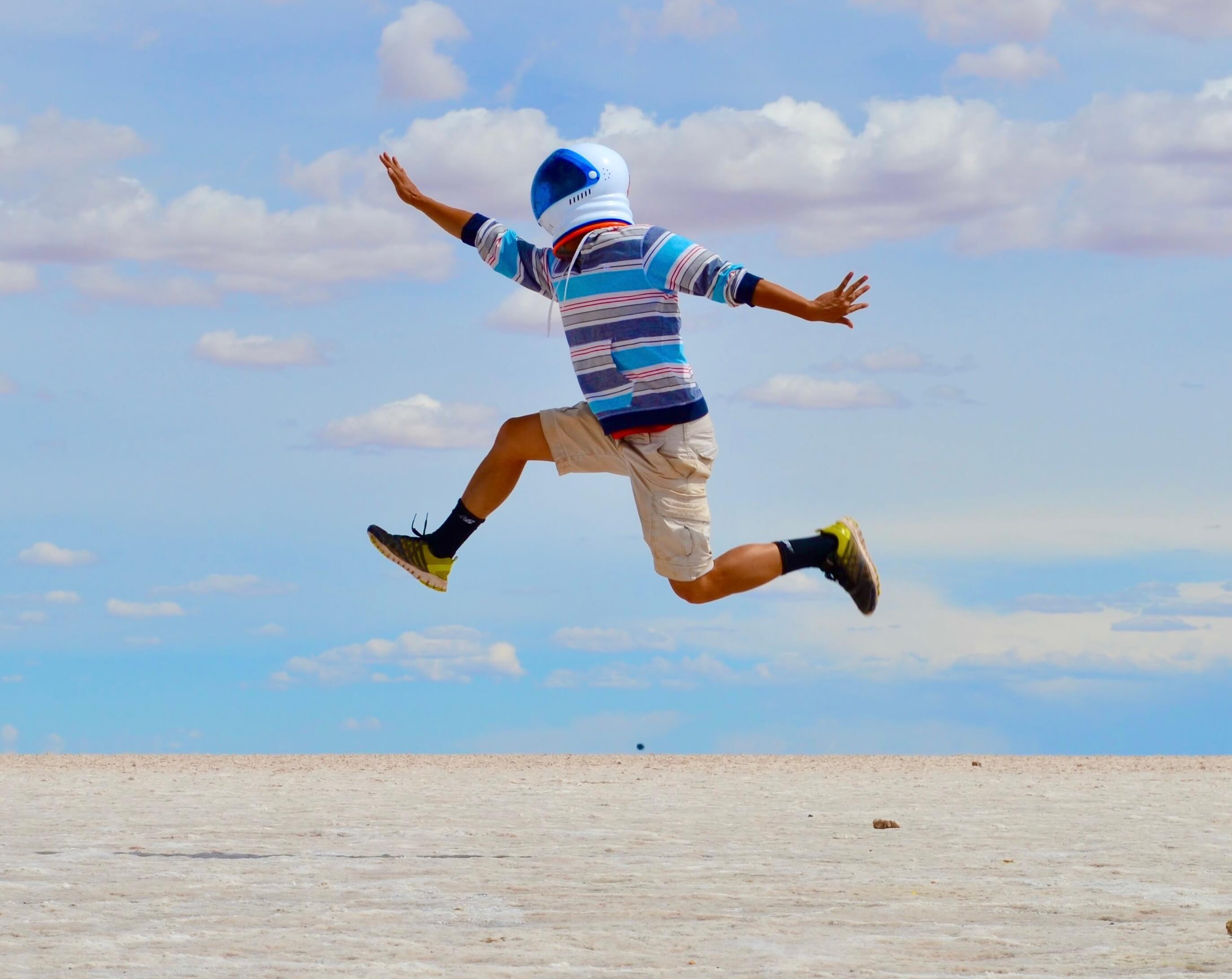
I lived for a year in the Atacama Desert in Chile, working as a telescope technician for the CLASS telescope on Cerro Toco (5000 meters above sea level). During the day, I ensured the telescope ran smoothly and fixed any emergent issues. At night, I conducted astronomy tours for tourists from all over the world. As part of my Master's degree in Physics, I also worked at The European Organization for Nuclear Research (CERN), living in Geneva, Switzerland, and working on an optical experiment studying the hypothetical chameleon particle.
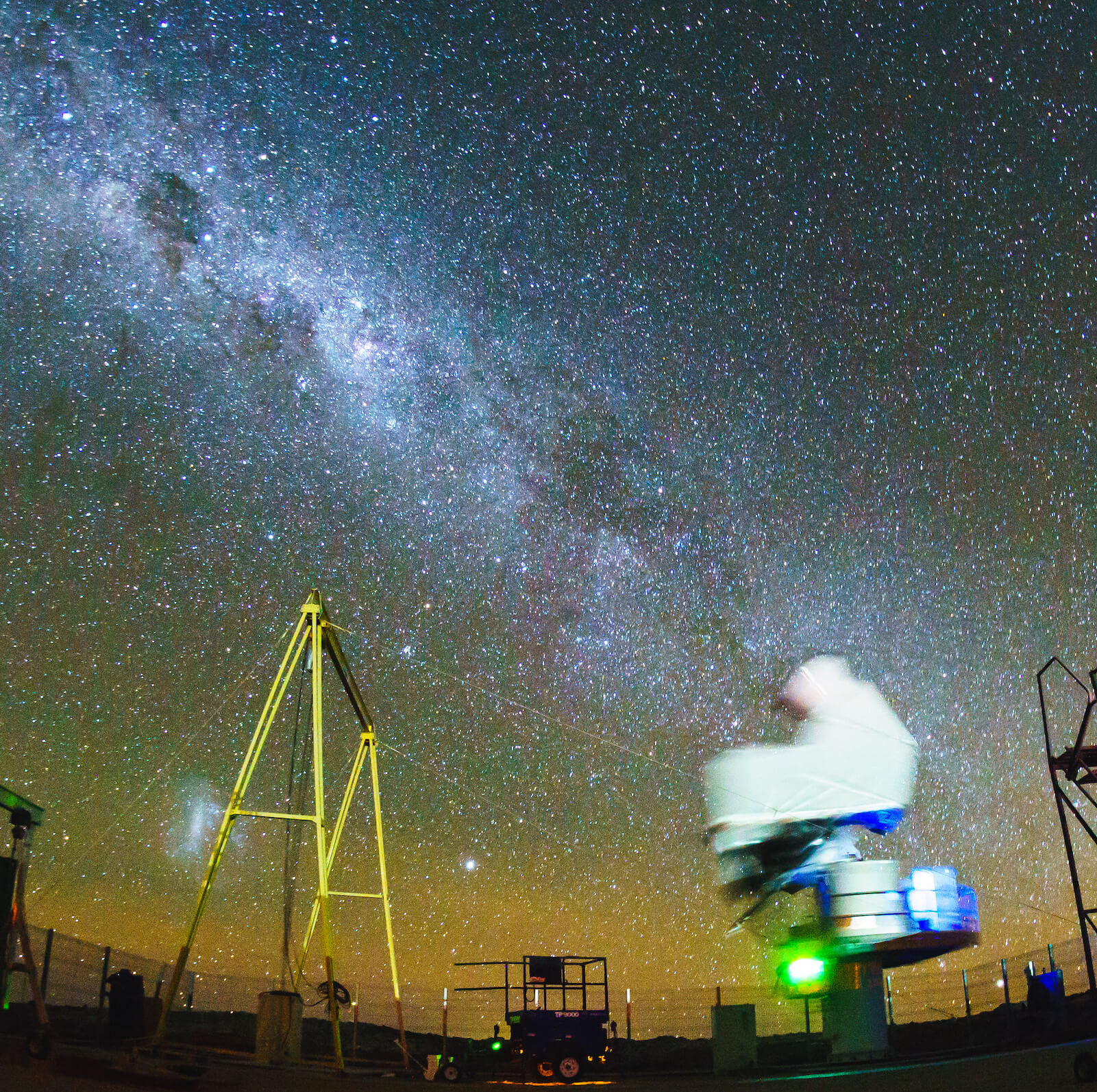
Once in a while, I enjoy heading out into nature and capturing its beauty. My work has been published in SpaceNews. See the full gallery HERE.

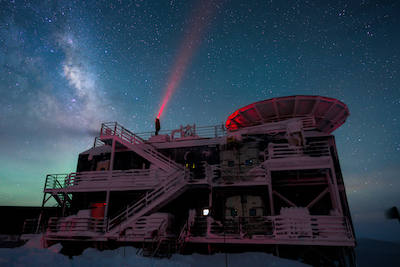

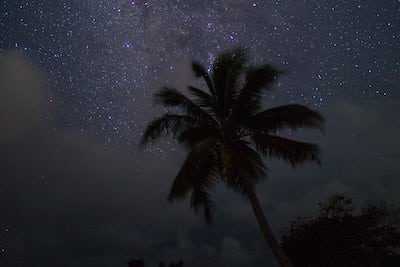
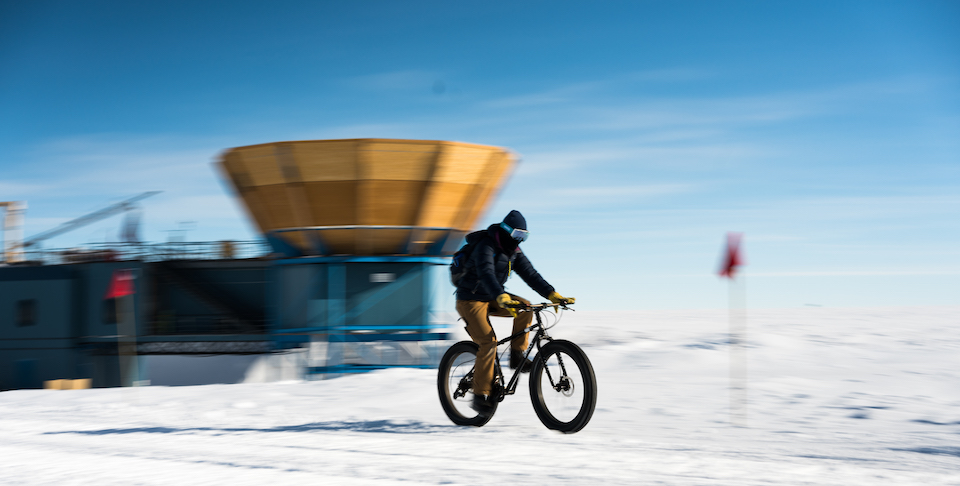
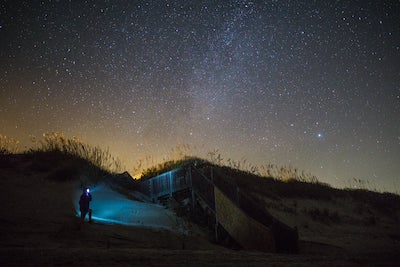
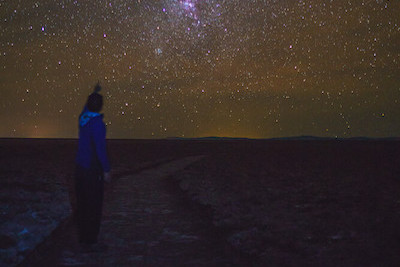
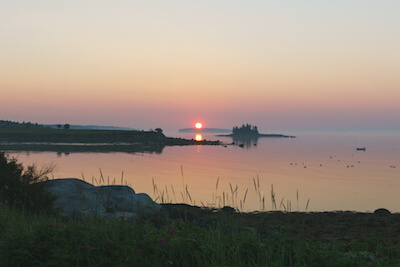
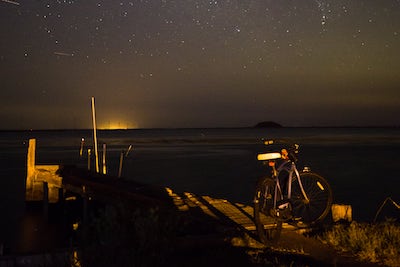
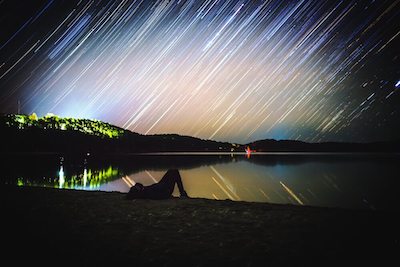

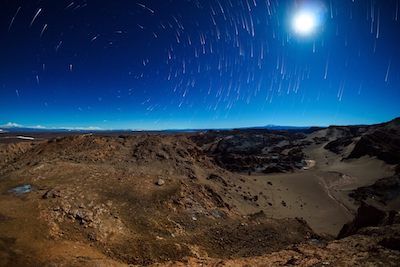
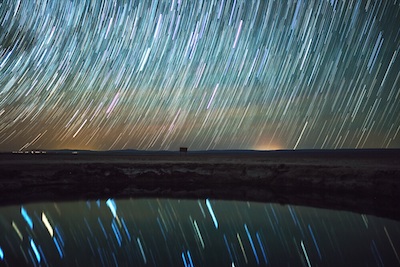
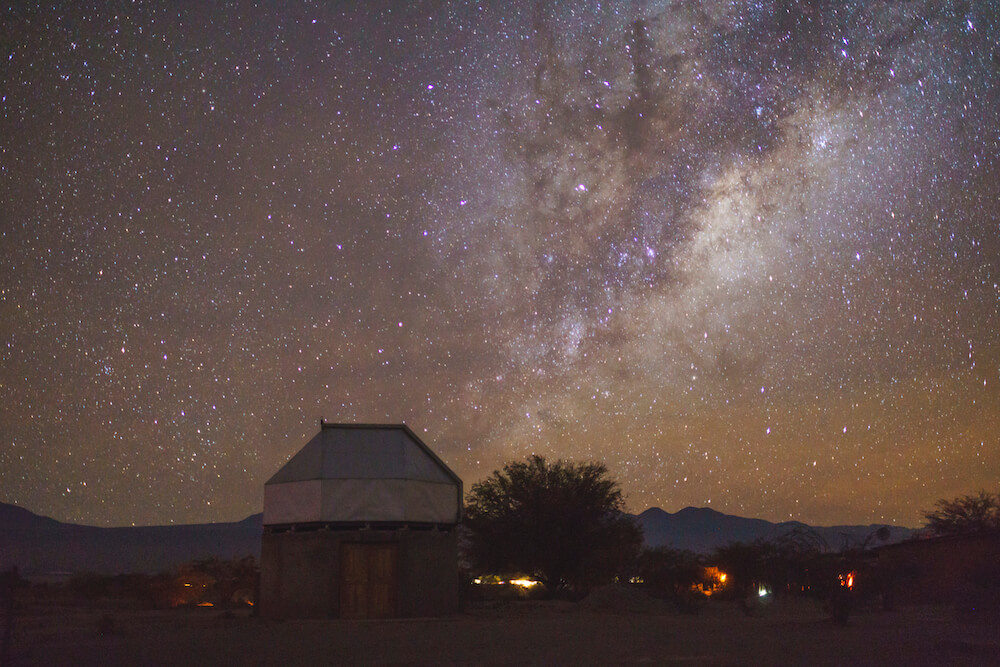
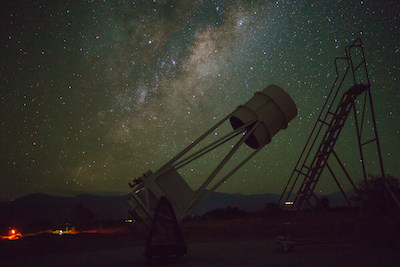
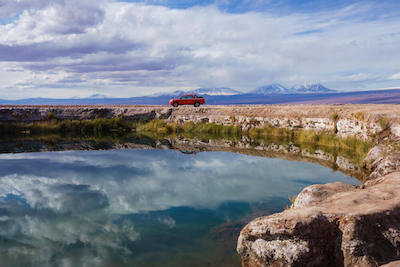
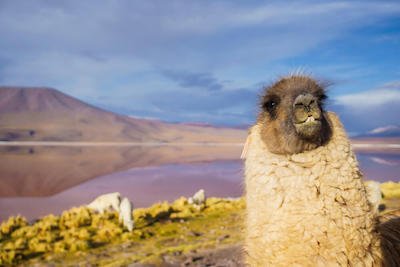
An OpEd published in SpaceNews advocating for a continuous human presence in low Earth orbit.
A reflection of my time in Antarctica, printed in Andover Magazine.
An interview with Space Talent, an affiliate of Space Capital, a venture capital firm for space-based technologies.
A podcast interview with Robert Bell, executive director of the Space & Satellite Professionals International (SSPI) group.
My Google Scholar page.
Space & Satellite Professionals International's (SSPI) article detailing our 2nd place placing in an SSPI SpaceTug design competition.
My first musical track, produced during the COVID pandemic.
An article published from my time in Chile which chronicled the adventures of my adopted cats.